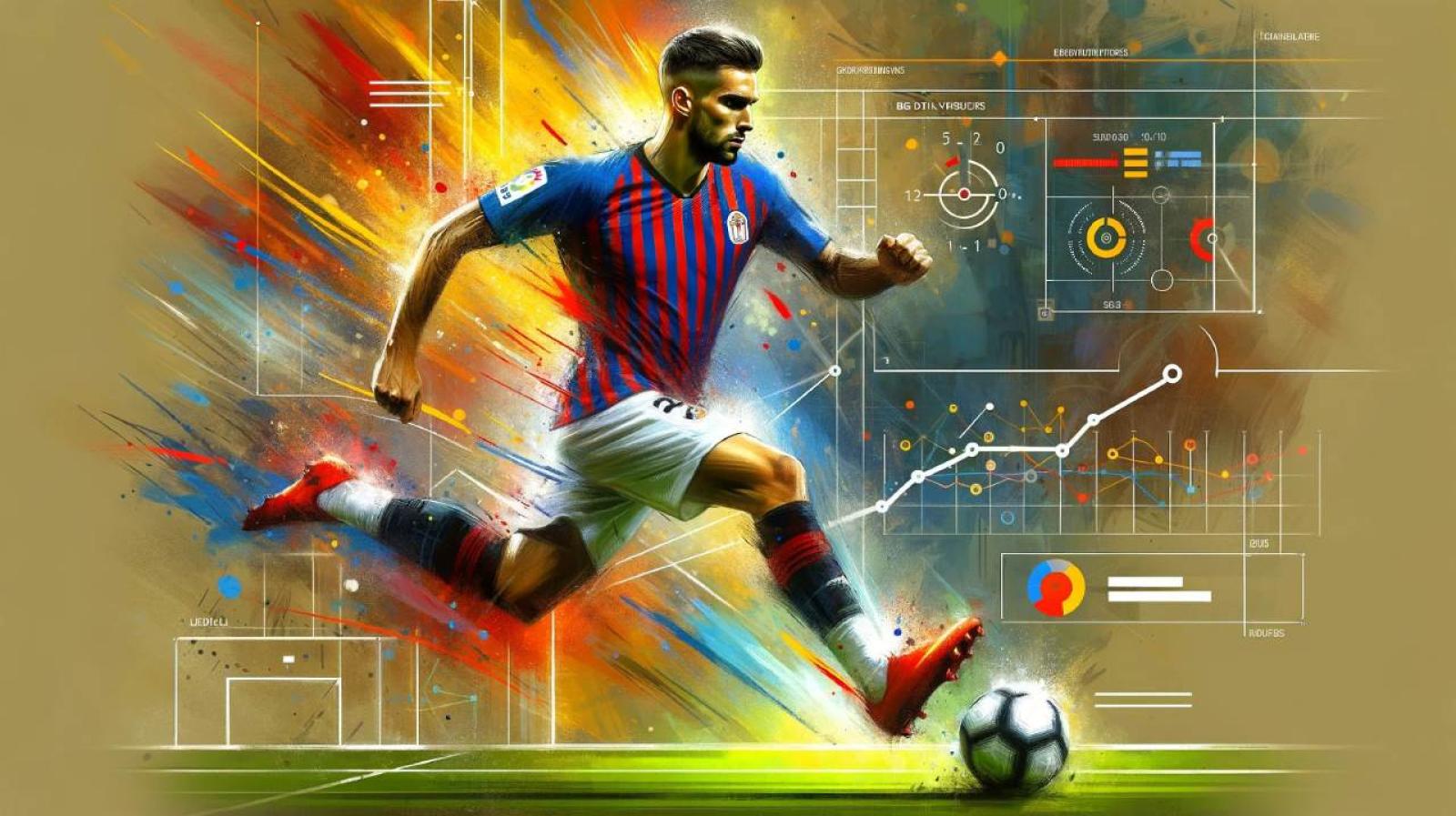
How Technology is Transforming the Football Industry
The football industry has seen incredible transformation over the years, and technology is at the heart of this evolution. From player analytics to fan engagement, technological advancements have impacted every aspect of the game. Here’s a look at some of the key ways technology has changed football. 1. Player Performance and Analytics Wearable Tech: GPS trackers, heart rate monitors, and accelerometers have revolutionized player monitoring. These tools provide coaches with real-time data on players' speed, distance covered, heart rate, and fatigue levels, allowing them to make informed decisions on substitutions and tactics. Big Data and AI: Clubs now use big data analytics and AI algorithms to analyze player performances over time. Machine learning algorithms can detect patterns in players' movements and behavior, helping teams make strategic decisions and even predict potential injuries. 2. VAR (Video Assistant Referee) Introduced to reduce controversial decisions, the VAR system reviews video footage for critical moments in a match, such as goals, penalties, and red cards. VAR technology has helped create fairer outcomes and minimize human error, though its use remains a hot topic among fans and players alike. VAR relies on multiple high-definition cameras positioned around the stadium to capture every angle. Referees in the control room can assess these angles to determine the right call, making the game more precise. 3. Goal-Line Technology This was one of the earliest technological advancements introduced in modern football. Goal-line technology uses high-speed cameras or magnetic fields to detect if the ball has completely crossed the goal line. This technology has resolved numerous disputes and ensured that every valid goal is counted. The technology’s instant feedback to referees via a watch notification makes it highly efficient and ensures that crucial moments are not missed. 4. Fan Engagement and Virtual Experiences Augmented Reality (AR) and Virtual Reality (VR): For fans who can’t attend matches, AR and VR offer immersive experiences by recreating the stadium atmosphere at home. Fans can watch the game through VR headsets, feeling like they’re in the stands and experiencing the action from a closer perspective. Social Media and Apps: Teams have developed mobile apps and social media platforms to keep fans engaged with live updates, behind-the-scenes content, and exclusive interviews. Through these platforms, clubs can stay connected with a global audience, offering more personalized content than ever before. 5. Enhanced Broadcasting and Instant Replays With the introduction of high-definition (HD) and now even 4K broadcasting, fans can enjoy clearer and more detailed views of the action. Some networks offer multi-angle views, slow-motion replays, and close-up shots, enhancing the viewer experience. Instant replay technology allows fans and commentators to review and analyze crucial moments in the game, providing context and depth to the viewing experience. 6. E-Sports and Fantasy Football Leagues E-sports and fantasy football leagues have created new ways for fans to interact with the sport digitally. Games like FIFA have become popular, allowing fans to virtually compete using their favorite teams. Fantasy football platforms let fans strategize and manage their fantasy teams, adding another layer of fan engagement. 7. Scouting and Talent Development Global Scouting Networks: Clubs have access to vast databases of player stats and footage from leagues around the world. This allows scouts to identify potential stars from every corner of the globe, expanding the reach of teams in their search for new talent. AI-driven Talent Analysis: AI tools now help clubs analyze young players and predict their growth trajectory based on data like physical stats, performance trends, and skill levels. 8. Smart Stadiums and In-Stadium Experience Modern stadiums are equipped with Wi-Fi, augmented reality, and smart seating, enhancing the fan experience on match day. Some stadiums have introduced cashless systems and mobile apps that allow fans to order food and beverages from their seats. In addition to making stadiums more fan-friendly, these features also generate valuable data for teams, helping them understand fan preferences and improve future experiences. Conclusion Technology has undoubtedly transformed football on and off the pitch. It has made the game faster, more transparent, and more engaging for fans worldwide. From VAR and goal-line technology to fan-centric experiences and data-driven analytics, technology has pushed the boundaries of what’s possible in the football industry. As technology continues to evolve, so too will the game, setting the stage for an even more immersive and thrilling future for players, clubs, and fans alike.
